#old growth trees
Photo



Alone, but not really
#forest aesthetic#rainforests#olympic national park#old growth trees#pnw#washington state#ferns#moss#olympic peninsula#trees#wander#skokomish river valley
6K notes
·
View notes
Text
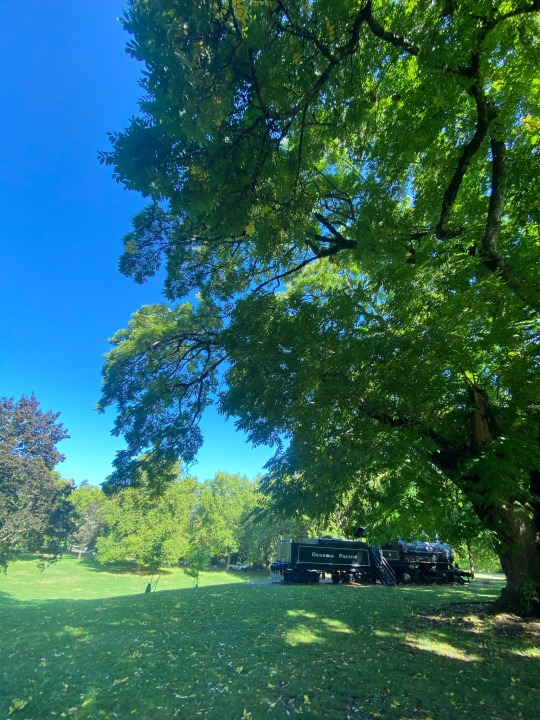
picnic in the park..
while the felling of old growth fir may not find favor in retrospect their unique characteristics can still be appreciated..this table is 85 ft 10 in long about 4 in thick and some 36 in wide..one of six sawn from the same log by Hull & Oaks in the mid 80s..
167 notes
·
View notes
Text

Home will never lose its magic.
#moving away set my perspective RIGHT back to where it needed to be#I use to think I was use to it#but I never was#I love it#Lowcountry#south Carolina#old trees#old growth trees#old growth#outdoors#nature#adventure#naturecore#spring#garden#fairycore#fairytale aesthetic#southern#southern aesthetic#coastal#photography#goblincore#dm me#me#message me#dms#let’s talk#hiking#woods#forestcore
15 notes
·
View notes
Text
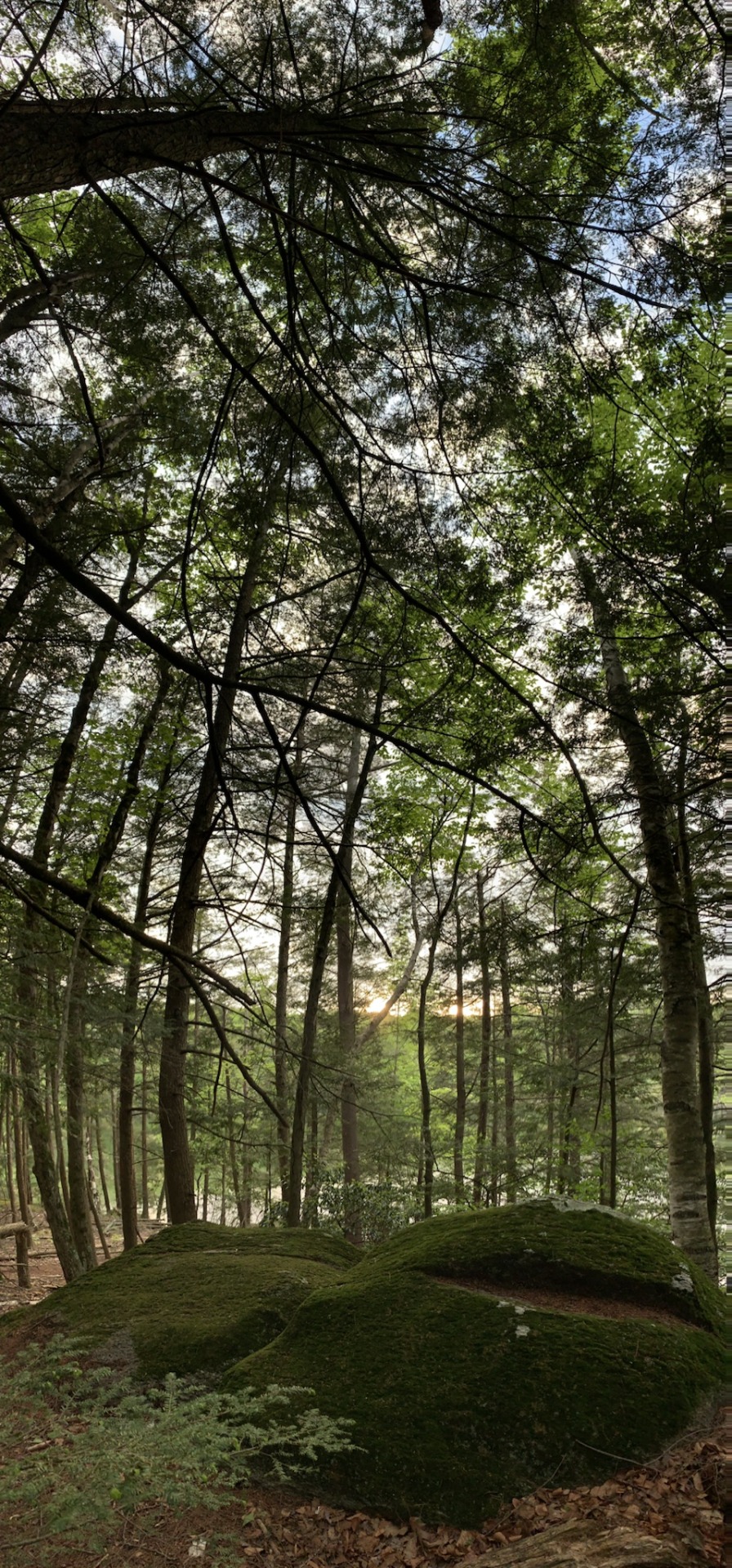
Protect her
Delight in accompanying her each day
Feel how she strengthens your body
Observe the changes in your mind
Be still
Breathe in rhythm to her heart
You are her child
Exchange soft whisperers
Into the treetops
Shed layers that no longer serve
Stand tall as they dance to the breeze
Oh how they congratulate you !
In all they’ve witnessed
From their seed to their fruit
You are part of their story
Now attached to their roots
Mother calls us home
Orange sky dims to dusk
Until this time tomorrow
May you hold this moment
Never rushed
#photography#love#nature#outdoors#ct#newengland#spring#me#water#hiking#sunset#treetops#old growth trees#trees#pines#pine trees#mosscore#mossyforest#mossy rocks#boulder#forestcore#forest#travel#keep going#explore#protect nature#mother nature#poem#poetry#spilled ink
7 notes
·
View notes
Text

#rupi kaur#mother nature#protect the planet#global warming#emissions#climate change#environnement#climate emergency#climate justice#climate disaster#stop cutting trees#protect old growth forest#old growth trees#trees#nature#poems and quotes#quotes#sayings#life#humanity#people#global#global citizen#emergency#earth is our home#stop polluting#clean air#breathe#justice for the planet#🌎 home
5 notes
·
View notes
Text
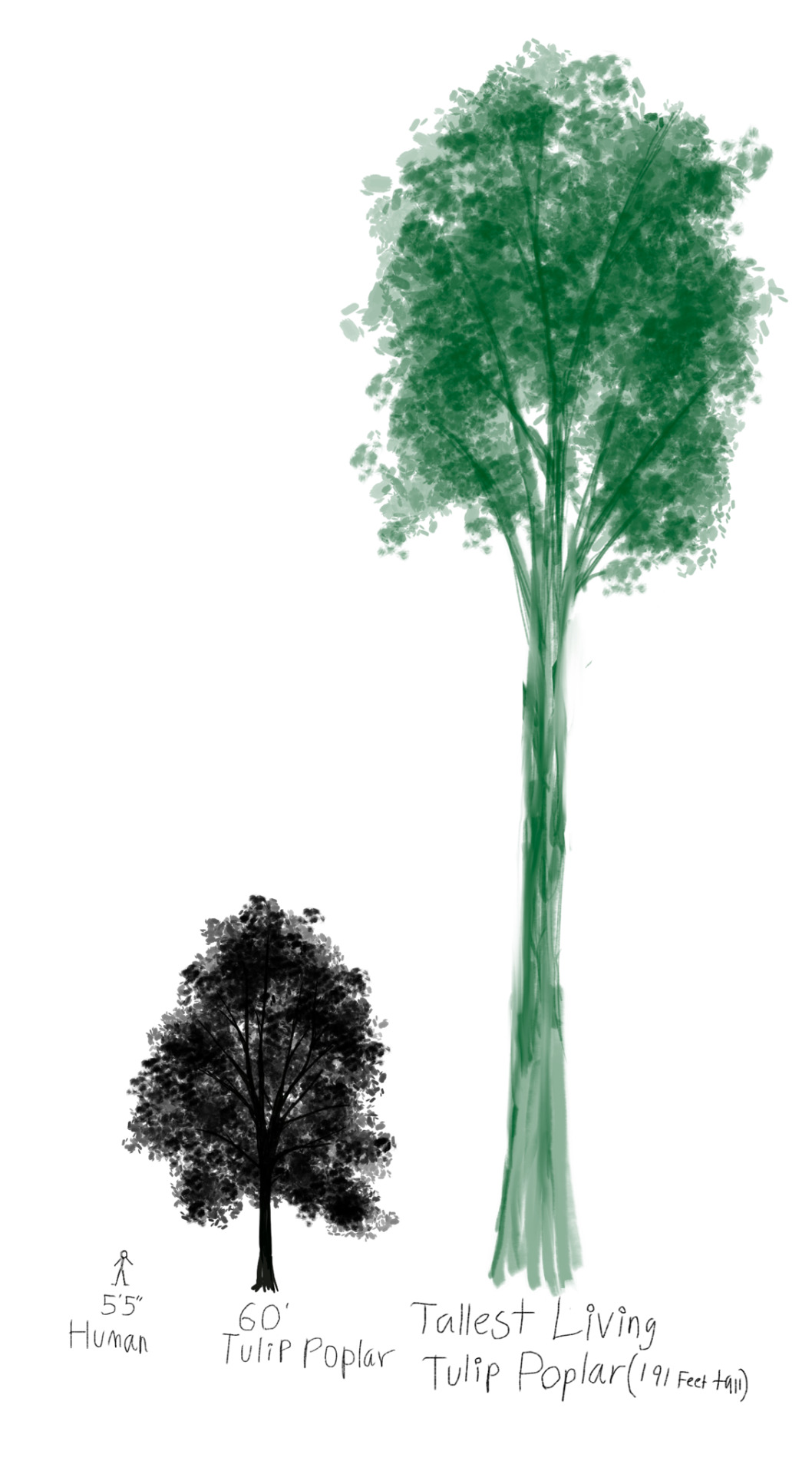
I needed to make a post about how brain-explodingly huge trees actually are and how what you think is a "mature" tree is so tiny and barely beginning its life so i drew a sketchy picture about it
Liriodendron tulipifera, known as tulip poplar (it is not a poplar, its closest living relatives outside Liriodendron genus are magnolias) is a tree common in forests of the eastern United States. It was very valued for timber and when most of the Eastern forests were clear cut, almost all of the great ancient tulip poplars were destroyed. The tallest L. tulipifera that still exists is in a secret location in West Virginia, and it is 191 feet tall
anyways logging of old growth forests is an unthinkable crime against a hundred generations of descendants
4K notes
·
View notes
Text

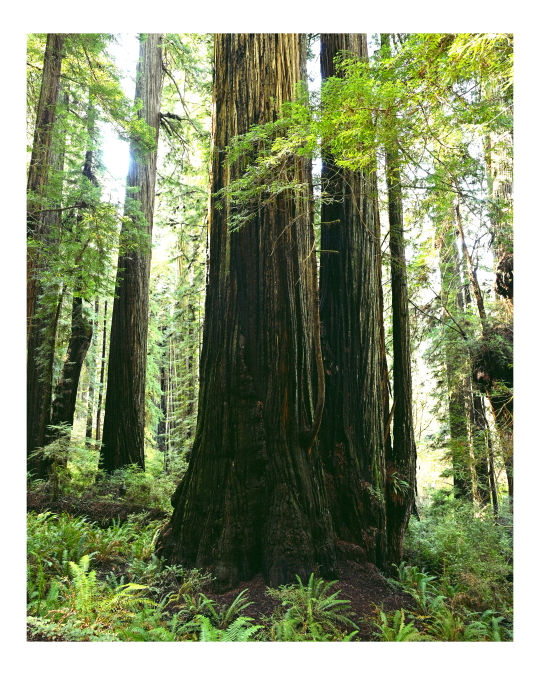
a huge two-stem Redwood with beautiful trunk flare
Redwood National Park, California
#redwoods#forest floor#coastal forest#ancient trees#old growth forest#dendrophilia#redwood national park#public lands#forest photography#nature photography#landscape photography#original photographers#nikon photography#nikon#24mm-120mm#photographers on tumblr
610 notes
·
View notes
Text
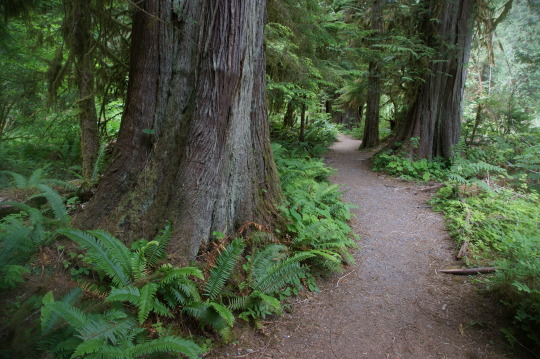
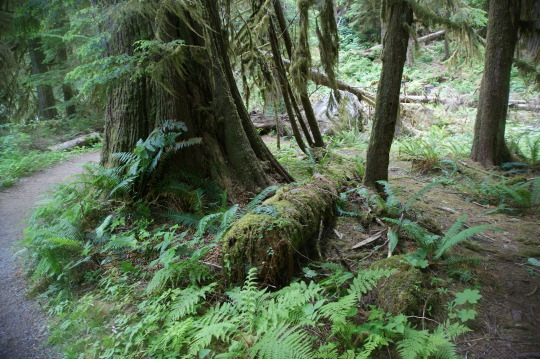
Cedars and ferns - Skokomish River Valley, O.N.P.
#forests#cedar trees#ferns#olympic national park#pnw#washington state#skokomish river#old growth forest
471 notes
·
View notes
Text

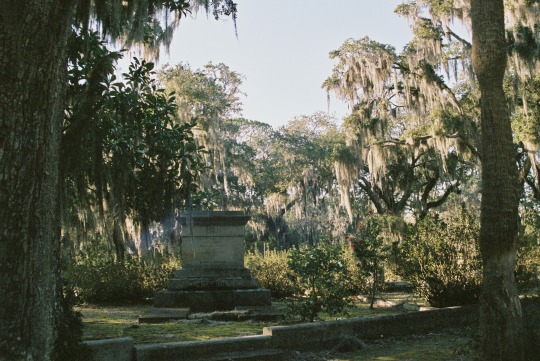

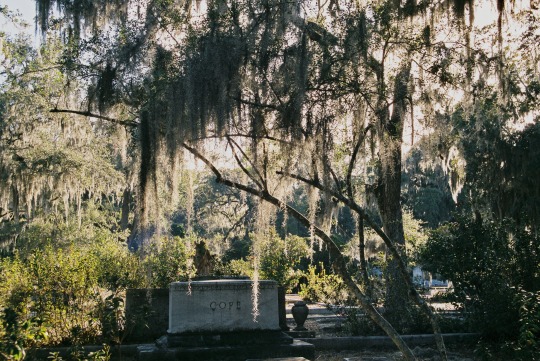

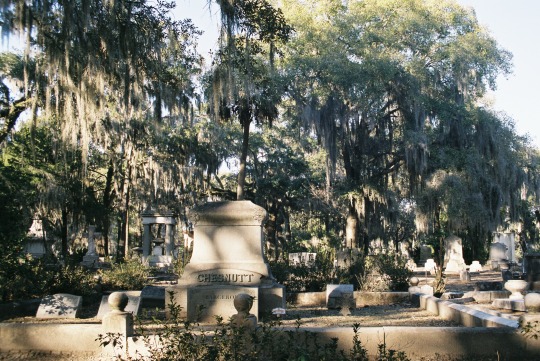
Bonaventure Cemetery
Savannah, Georgia
#Georgia#film photography#35mm#analogue#photographers on tumblr#original photography#southern goth aesthetic#southern gothic#cemetery#Savannah#bonaventure cemetery#spanish moss#oak trees#abandoned#civil war#antebellum south#antebellum era#spooky#old growth forest#reclaimed by nature
747 notes
·
View notes
Text
So on the surface this looks like a good thing. After all, we need mature and old-growth forests as they're havens for species dependent on that habitat type, and they are also exceptionally good carbon sinks compared to younger, less complex forests. (A big, old tree will still absorb and hold more carbon than a new, quick-growing one, and in fact for the first twenty or so years of its life a tree is actually carbon positive, releasing more than it absorbs.)
However, timber industries are trying to paint mature forests as fire hazards that need to be thinned out due to an abundance of plant life. They also tend to oppose leaving snags and nurse logs in the forest as "fuel", because they'd rather salvage what lumber they can from a freshly dead tree. So of course they're trying to push for cutting down trees as the solution to climate change's threat to mature forests.
Large, old trees are generally better adapted to surviving a fire simply by sheer size. Some have other adaptations, such as deeply grooved bark that can create relatively cooler pockets of air around the tree to help it survive, and the branches of older, taller trees of some species are higher up the trunk, away from lower-burning fires. And those old trees that survive are often important for helping to restore the forest ecosystem afterward, from providing seeds for new trees to offering wildlife safe haven and food.
When timber companies come in and log a forest, even if they don't take all the trees, they leave behind all the branches and twigs and just take the trunks. This creates a buildup of fine fuels that burn very quickly (think the twigs and paper you use to start a campfire), while removing coarse fuels that take longer to catch fire. In fact, an area that is subjected to salvage logging after a fire is much more likely to burn again within a few years due to all the fine fuels left behind by salvage logging.
Another factor is that not all forests are the same, even at similar ages. Here in the Pacific Northwest, as one example, the forests east of the Cascades live in drier conditions with slower plant growth, and low-level wildfires that can clean out ladder fuels before they pile up too high are more common. In those locations prescribed burns make sense.
However, the fire ecology of forests on the west side is less understood; because lightning storms are less common and the climate is wetter, fires just don't happen as often. And west-side forests are simply more productive, with denser vegetation that grows back quickly after even large fires like 2017's Eagle Creek Fire in the Columbia River Gorge. Historically speaking, west-side forests get fewer, but larger, fires. So the prescribed burns and other strategies employed for east-side forests aren't necessarily a good fit.
Finally, mature forests are much more biodiverse, and support many more species than a monocultural tree plantation. As climate change continues to affect the planet, mature forests and other complex ecosystems are going to become increasingly crucial to protecting numerous species, to include those dependent only on those ecosystem types. Thinning may seem like a great idea at first, but even if it isn't as destructive as clearcutting it will still damage a forest in ways that will take years to restore.
We really need to be wary of the narrative that thinning is the only way to curb climate change's effects on mature forests. It's a more complex situation than that, and we need to prioritize preserving these increasingly rare places as much as possible.
#wildfire#forest fire#forest fires#fire#forests#old growth forest#old growth forests#ecology#restoration ecology#logging#conservation#environment#scicomm#science communication#science#nature#plants#trees#climate change#global warming
397 notes
·
View notes
Photo
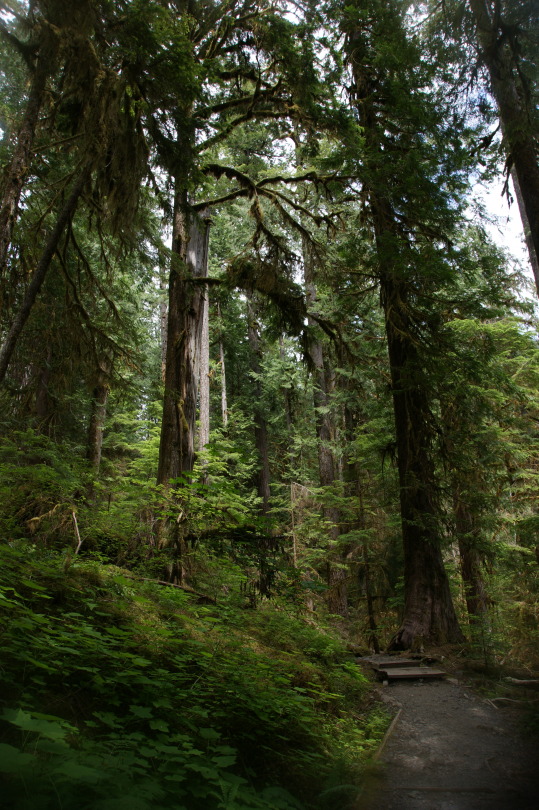
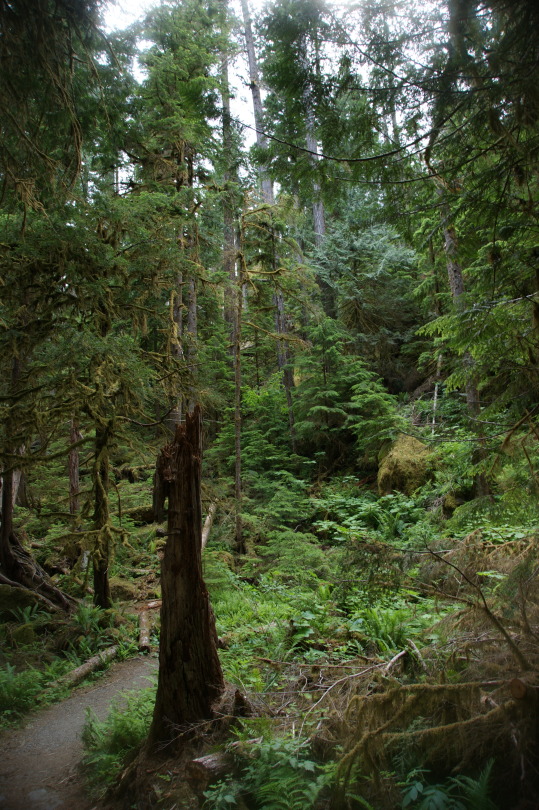
Old growth forests are just cool.
Olympic National Park 6/23
#forests#forest aesthetic#old growth forest#olympic national park#staircase#pnw#washington state#big trees
3K notes
·
View notes
Text
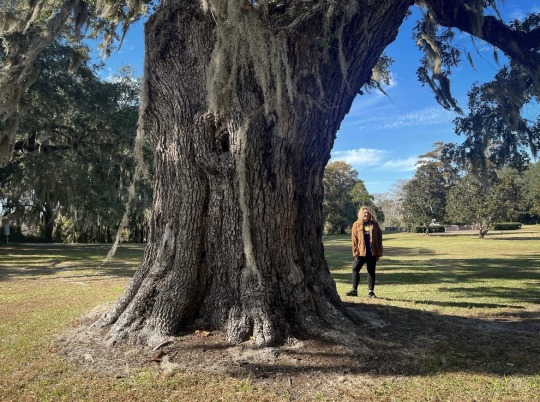
Have I mentioned how much I love old growth trees? This is me and the species that started my obsession - the Live Oak.
#old growth#live oaks#my love#Lowcountry#South Carolina#big trees#old growth trees#old growth forest#me#outdoors#nature#adventure#naturecore#photography#exploring#adventurecore#historical#trees#old trees#trees and forests#forestcore#dm me#message me#dms#let’s talk
14 notes
·
View notes
Text
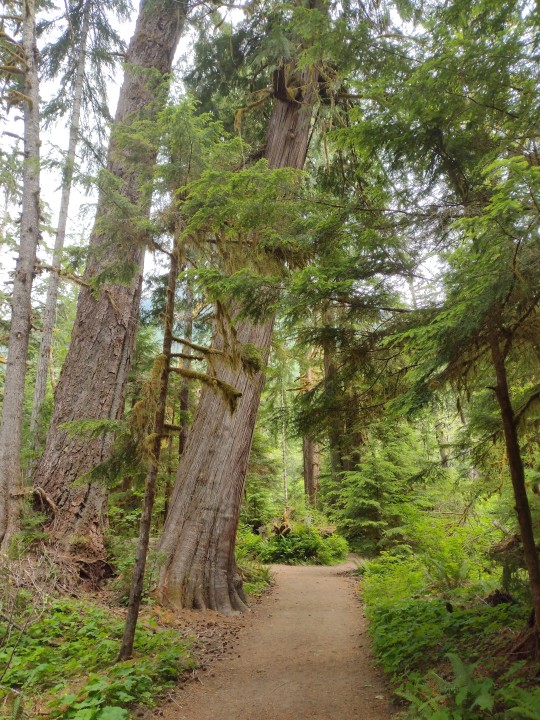
Paths like this one are freaking awesome, and so Washington State. The Western Red Cedar and Douglas Fir on the left are at least 400 years old, and the tops are way tf up there
235 notes
·
View notes
Text
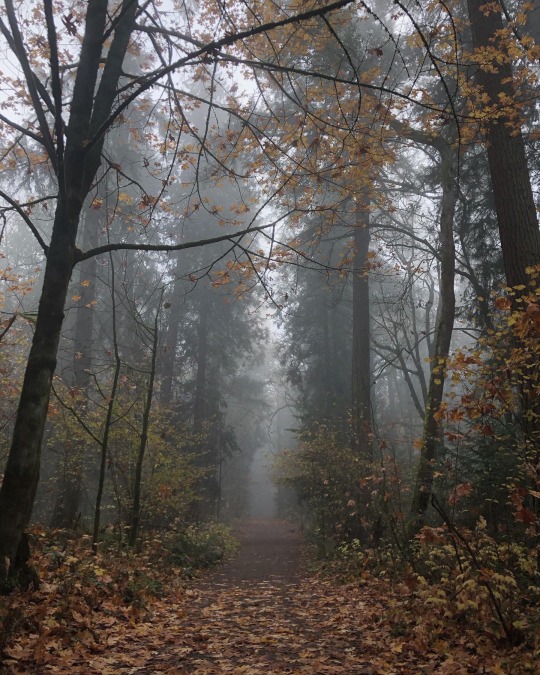

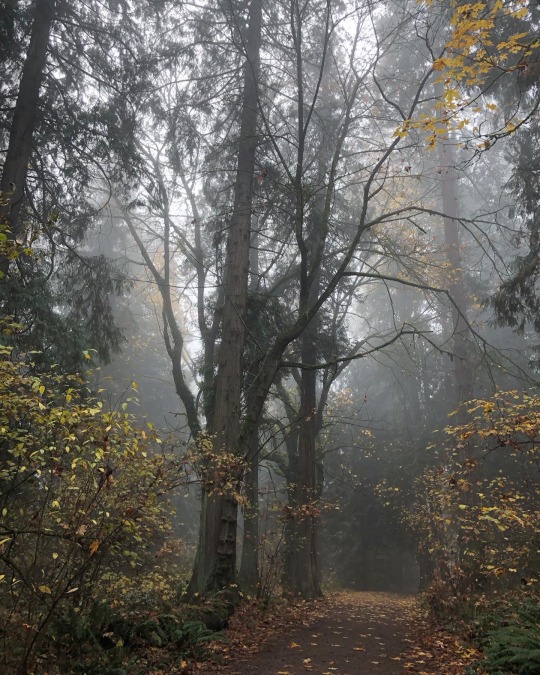





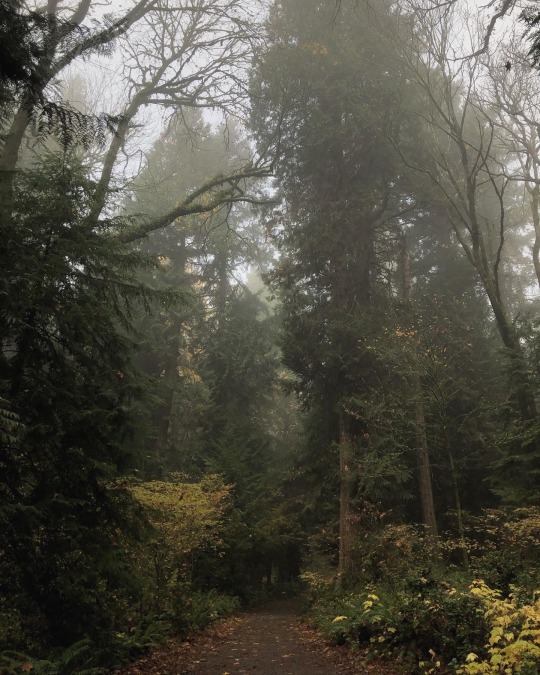
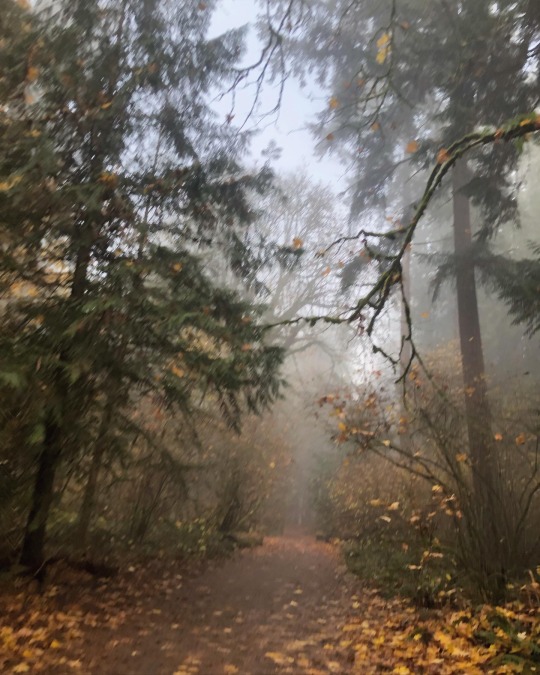
117 notes
·
View notes
Text
i just saved a bunch of pictures of old growth trees in the eastern USA and I have to put them here so i can have space on my phone without losing Big Tree


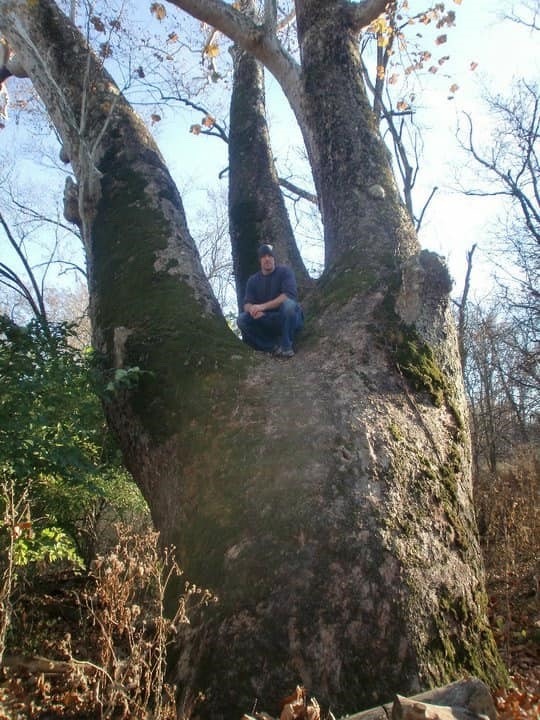

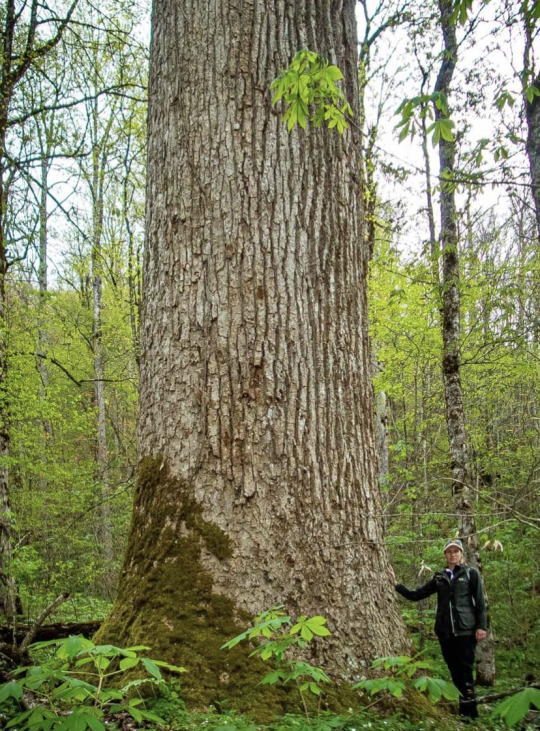



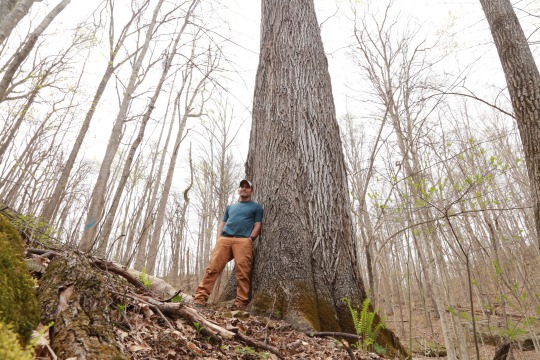
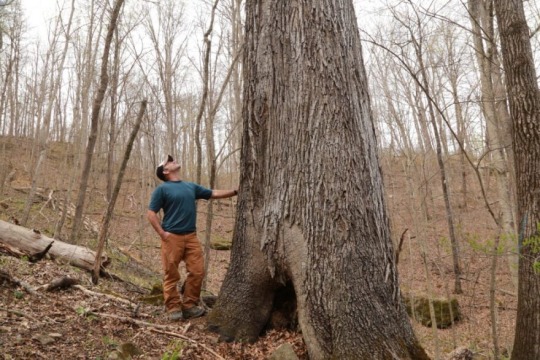
1K notes
·
View notes
